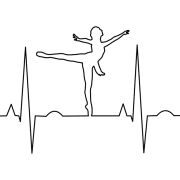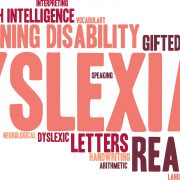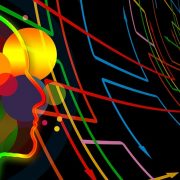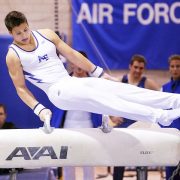The goal of the study reviewed here was investigate how motor function and perception relate to measures of ADHD (Attention-Deficit/Hyperactivity Disorder), ASD (Autism Spectrum Disorder) and CD (Conduct Disorder).
Children with ASD and ADHD have been shown to have high rates of motor and perception difficulties in controlled studies.
Before ADHD ever was ADHD, in the 1980’s, Gillberg and Gillberg (1) introduced the concept of Deficits in Attention, Motor Control and Perception (DAMP) to describe the coexistence/co morbidity of ADHD and motor and/or perception problems, later often subsumed under the label of Developmental Coordination Disorder (DCD).
It is several Swedish studies that have shown that about half of all children with ADHD also meet the criteria for DCD and that these children have poorer outcomes than those with either ADHD without DCD.
CD is very common among children with ADHD (2) and not uncommon among children with ASD (3).
In the context of the Child and Adolescent Twin Study in Sweden (CATSS), ADHD, ASD and CD caseness was associated with much higher rates of DCD and Perception disorder caseness. CD caseness in itself was not associated with DCD or Perception problems.
Children born prematurely have been shown to have a higher frequency of motor delays and motor difficulties than children born full term.
Omitting prematurely born children from the analysis strengthens that association between perceptual problems and ASD caseness. This shows that strong correlations between caseness for ADHD and ASD.
This study is probably the largest study ever performed on the relationship between symptoms relating to commonly diagnosed problems in child and adolescent psychiatry – ADHD, ASD, and CD – and motor control and perception problems – commonly encountered but often not separately diagnosed, either as DCD or under any other label.
Cerebellar function is of importance for motor function and seems to be of importance in ASD as well as in ADHD (4) (5).
Considering that the major source of input to the cerebellum arises from the muscle spindles of postural muscles, could it be that it’s time to make links between posture, motor performance and learning/behavioural challenges?
1) Gillberg IC, Gillberg C. Children with deficits in attention, motor control and perception (DAMP): need for specialist treatment. Acta Paediatr Scand. 1988;77:450–451. doi: 10.1111/j.1651-2227.1988.tb10678.x.
2) Spencer TJ, Biederman J, Mick E. Attention-deficit/hyperactivity disorder: diagnosis, lifespan, comorbidities, and neurobiology. Ambul Pediatr. 2007;7(Suppl 1):73–81.
3) Anckarsäter H, Larson T, Hansson SL, Carlström E, Ståhlberg O, Gillberg CI, Råstam M, Gillberg C, Lichtenstein P. Child neurodevelopmental and behavioural problems are intercorrelated and dimensionally distributed in the general population. Open Psychiatr J. 2008;2:5–11. doi: 10.2174/1874354400802010005.
4) Rogers TD, McKimm E, Dickson PE, Goldowitz D, Blaha CD, Mittleman G. Is autism a disease of the cerebellum? An integration of clinical and pre-clinical research. Front Syst Neurosci. 2013;7:15. e-pub ahead of print.
5) Fatemi SH, Aldinger KA, Ashwood P, Bauman ML, Blaha CD, Blatt GJ, Chauhan A, Chauhan V, Dager SR, Dickson PE, Estes AM, Goldowitz D, Heck DH, Kemper TL, King BH, Martin LA, Millen KJ, Mittleman G, Mosconi MW, Persico AM, Sweeney JA, Webb SJ, Welsh JP, Schneider M, von Gontard A. Consensus paper: pathological role of the cerebellum in autism. Cerebellum. 2012;11:777–807. doi: 10.1007/s12311-012-0355-9.









